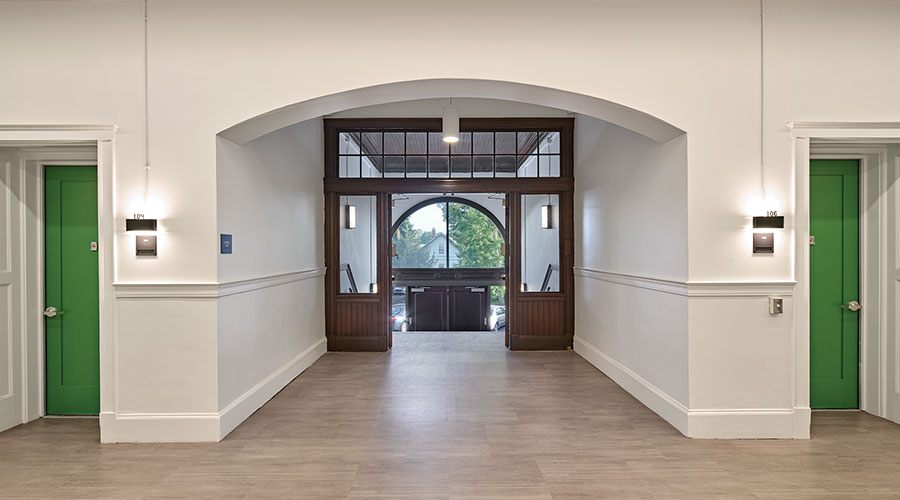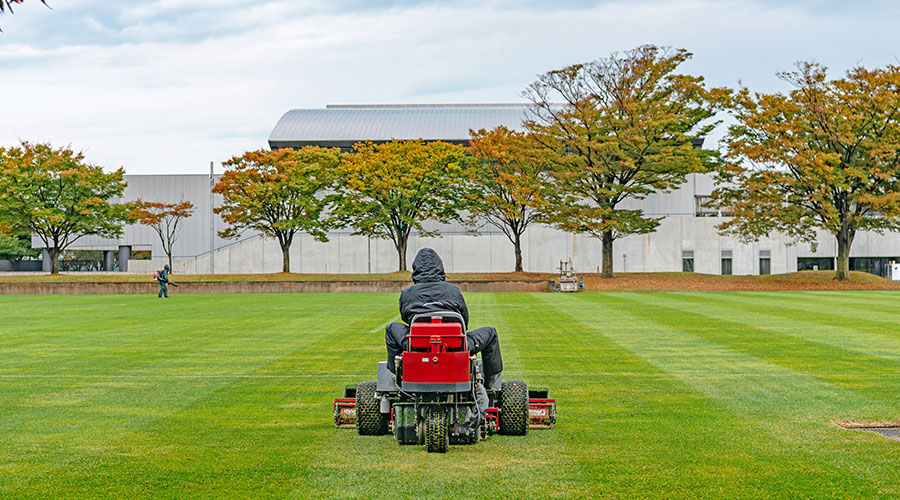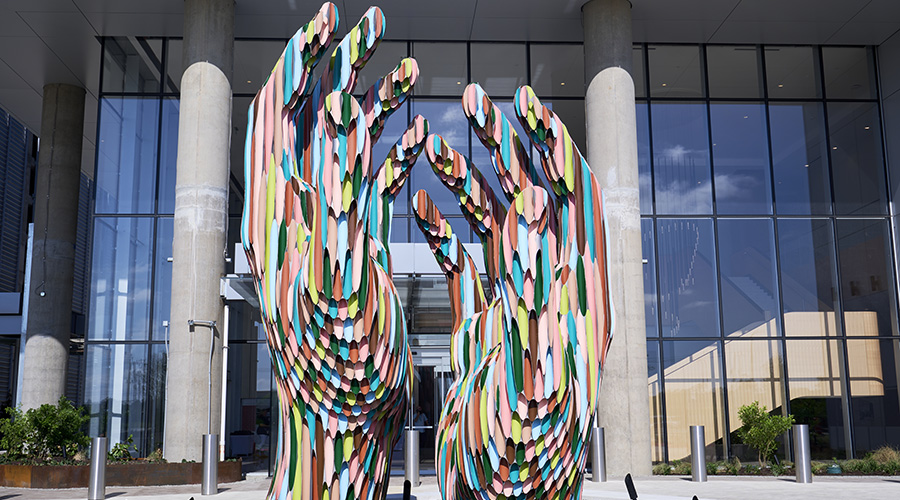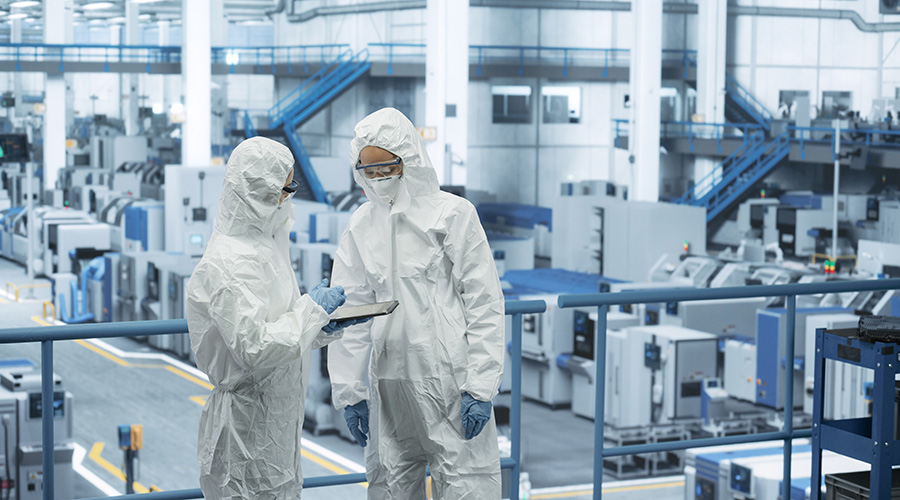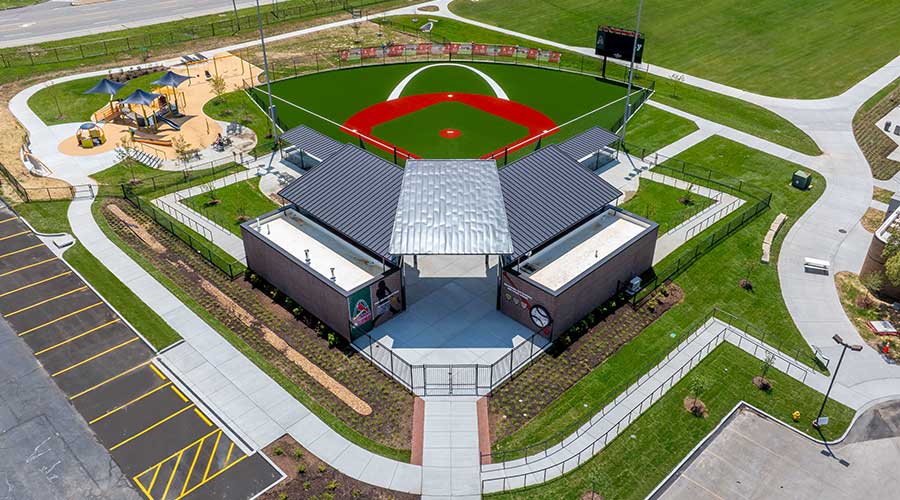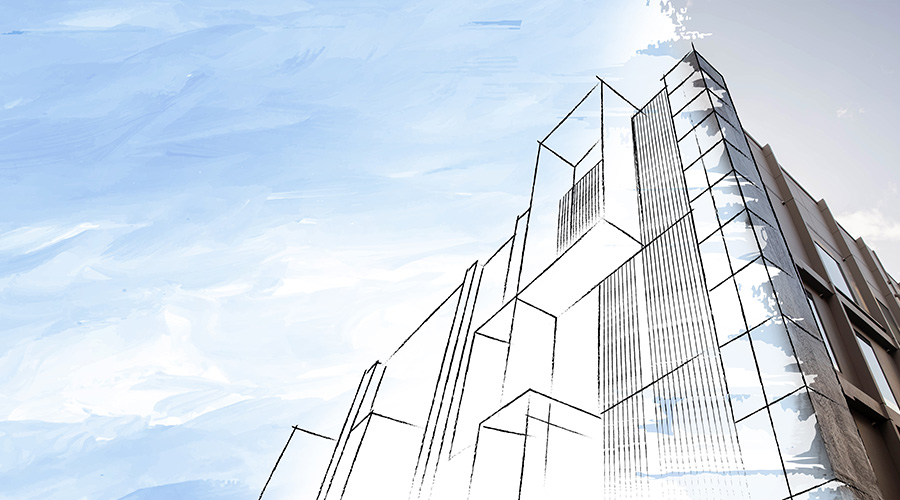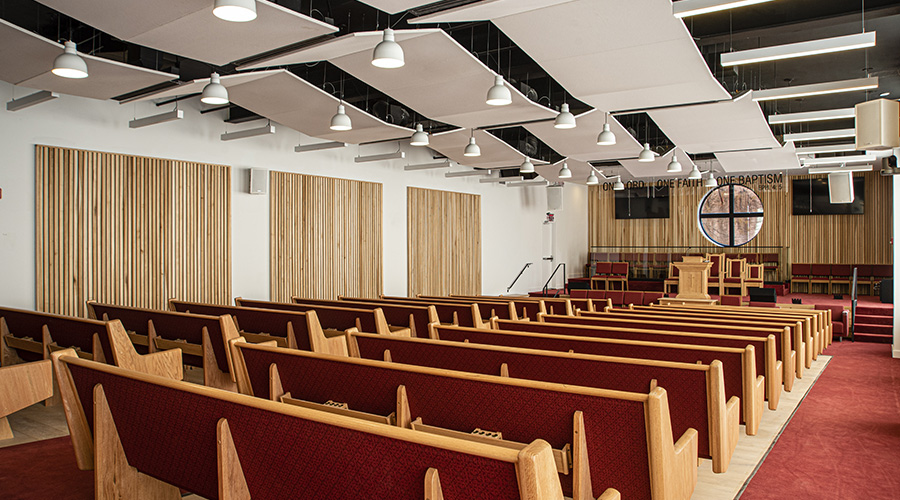Beyond Aesthetics: Why Art is a Competitive Differentiator
Paintings, sculptures and similar works help give buildings a boost in prestige for owners and users.
By Jennifer Brener Seay, Contributing Writer
For facility managers juggling tight budgets, demanding maintenance schedules and tenant satisfaction, adding art might seem like an unnecessary luxury – a discretionary expense considered only after essential needs are fully met. This consideration, however, is increasingly yesterday's thinking and ignores a key strategic resource.
In the competitive marketplace today, whether you're operating a corporate headquarters, a university campus, a K-12 school district or a healthcare campus, integrating art in a considered manner provides more than just beauty – it's about providing concrete value and a distinct competitive edge.
Art’s workplace impact
Viewing art solely as decoration disregards its greater potential to influence perception, behavior and the bottom line. Developers, property owners and facility leaders who embrace art as a strategic asset unlock benefits that resonate throughout their spaces. Increasingly, research shows that highly successful workplaces balance experience as much as function, with beauty and accessibility to art playing a key role.
The impact of our surroundings on mood, stress levels and productivity is widely known, and the role of art is instrumental in shaping these experiences. In the business community, well-curated art converts sterile business spaces into dynamic spaces. Consider TIAA's new corporate office in the Dallas-Fort Worth Metroplex, a “Coolest Office” among DFW's where they added over 150 pieces of art as part of their employee-focused design strategy for wellness and making working at the office worth the drive. These projects lift morale, boost creativity, reduce stress and impress clients, making it an important draw for talent and tenants. Actually, studies have shown workers in settings where art and plants abound are more productive and engaged, with improved well-being.
Similarly, the connection between art and healing is increasing in medical facilities. Carefully chosen art promotes calming settings, comforting patients and improving the visit and workplace experience for patients and employees alike. Values-driven CHRISTUS Health specifically integrated mission-inspired art throughout their new headquarters to create a warm and beautiful space that connects to their purpose. Employees enjoy different spaces that inspire creativity and relaxation. For universities, inspiring campus environments encourage students and faculty to think, capture institutional values and create community pride. Art also gives an organization a strong means of expressing its unique character, values and mission, beyond generic, forgettable environments.
Identity, safety and economy
TIAA’s Frisco, Texas, campus features an exterior sculpture representing the teachers who form their core customer base. At CHRISTUS Health, one piece was constructed from lab coats and scrubs sent in from across their network, viscerally connecting the art to the employees and their work. Law firms like Jackson Walker and Thompson Coe have utilized art to connect with their location in an arts district, creating a space welcoming to host community events and using diverse art pieces to emphasize diversity and community. This visual narrative distinguishes facilities and gives a sense of place, turning a building or campus into a destination and strengthening community identity. The authority of public art leaves lasting impressions and constructs human connections.
Studies have shown significant upticks in pedestrian traffic in areas where public art installations have been placed; neighborhoods in Cincinnati saw weekend pedestrian traffic growth by 30 percent after murals were added, and the Miami Design District credited a 47 percent growth in foot traffic over four years to public art as it was revitalized to an upscale shopping destination. Public art can even be linked to greater safety; the same Cincinnati study recorded a 28 percent decrease in violent crime in mixed-use developments with murals when city crime was otherwise on the rise.
Large-scale public art festivals, like Cincinnati's Blink festival, can generate huge economic dividends, more than $126 million in direct expenditures in one instance. Even a single powerful work, like the massive Mr. Doodle mural on a parking garage in Austin, can generate buzz and draw crowds. By adding art, buildings become players in their city's cultural arena.
ROI of art investments
Far from being viewed as an expense, deliberate inclusion of art is an investment that creates both tangible and intangible benefits. While office carpeting or furniture needs to be replaced every few years, the well-chosen art will endure for decades, appreciating in value and enriching the cultural landscape even more. Return on investment also comes in the form of increased tenant and employee retention, improved patient satisfaction ratings, increased student and faculty recruitment, good public relations and a stronger brand identity.
To truly leverage art as a differentiator, facility executives should advocate for its inclusion early in the planning and design process. This means deliberately allocating a dedicated budget line-item for art, similar to landscaping or lighting. Engaging occupants or staff in decision-making through facilitated committees can further enhance a sense of ownership and relevance. Projects tend to yield stronger outcomes when employees actively participate. It's also important to think about alternative media from paintings: sculptures, murals, digital art and dimensional work can all be used.
Collaboration with expert art consultants is essential. These specialists bring deep knowledge of art, design, construction and market trends: anticipate client needs; manage the intricate process from artwork selection through installation; prevent costly errors; and ensure the final result aligns with organizational goals. Lastly, like any facility asset, artwork requires a thoughtful plan for regular cleaning, maintenance and potential conservation.
In an era where experience, identity and well-being are paramount, art offers facilities a unique and powerful advantage. By shifting the perspective from art as mere decoration to art as a strategic investment, facility leaders across all sectors can unlock significant competitive benefits. Companies like TIAA and CHRISTUS Health demonstrate how a commitment to art enriches the employee experience and strengthens the organization. It is time to move beyond the purely functional and get excited about the potential of art to define spaces, influence perceptions and create lasting value. The most successful buildings offer experiences people cannot get elsewhere. They are memorable and make us feel something. These are the spaces people choose to return to again and again.
Jennifer Brener Seay is the Founder and CEO of Art + Artisans. She has curated over 20 million square feet. of art in commercial real estate, and helped clients create impactful spaces for over two decades. For more information, please visit artplusartisans.com.
Related Topics:






